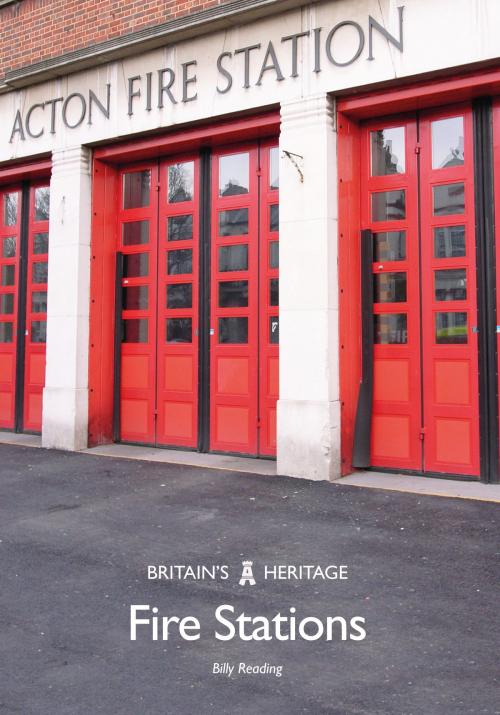Fire Stations
Nonfiction, Art & Architecture, Architecture, Public, Commercial, or Industrial Buildings, History| Author: | Billy Reading | ISBN: | 9781445665832 |
| Publisher: | Amberley Publishing | Publication: | April 15, 2017 |
| Imprint: | Amberley Publishing | Language: | English |
| Author: | Billy Reading |
| ISBN: | 9781445665832 |
| Publisher: | Amberley Publishing |
| Publication: | April 15, 2017 |
| Imprint: | Amberley Publishing |
| Language: | English |
Buildings in Britain were first set aside for storing firefighting equipment in the seventeenth century, in the wake of the Great Fire of London. These were often storage sheds or farm buildings, but as technology became more advanced specialist buildings were needed to house it: fire stations. The golden age of fire station design was the late Victorian period and a wonderful and eclectic collection of buildings from the time still stands in Britain. The changing threats dealt with by fire brigades in the twentieth and twenty-first centuries meant that new designs were needed to accommodate new equipment, but the basic layout of a modern fire station would still be familiar to a Victorian fireman. Here, Billy Reading explores the history of the fire station in Britain, from simple parish cart-sheds to complex modern headquarters. Fire stations are an instantly recognisable part of the British landscape today, from village greens to city centres. This book is part of the Britain’s Heritage series, which provides definitive introductions to the riches of Britain’s past, and is the perfect way to get acquainted with fire stations in all their variety.
Buildings in Britain were first set aside for storing firefighting equipment in the seventeenth century, in the wake of the Great Fire of London. These were often storage sheds or farm buildings, but as technology became more advanced specialist buildings were needed to house it: fire stations. The golden age of fire station design was the late Victorian period and a wonderful and eclectic collection of buildings from the time still stands in Britain. The changing threats dealt with by fire brigades in the twentieth and twenty-first centuries meant that new designs were needed to accommodate new equipment, but the basic layout of a modern fire station would still be familiar to a Victorian fireman. Here, Billy Reading explores the history of the fire station in Britain, from simple parish cart-sheds to complex modern headquarters. Fire stations are an instantly recognisable part of the British landscape today, from village greens to city centres. This book is part of the Britain’s Heritage series, which provides definitive introductions to the riches of Britain’s past, and is the perfect way to get acquainted with fire stations in all their variety.















